Sarajevo: the balance of time in a wonderful city
Located in the heart of the Balkans, Sarajevo, the capital of Bosnia and Herzegovina, embodies tradition, cultural diversity and historical depth. It is a place where East meets West, where the scars of war are mixed with symbols of peace, and where tradition coexists with modernity. Sarajevo is not just a city; it is a living mosaic of historical times, cultural influences and human stories, each contributing to its fascinating identity. From the narrow alleys of its Ottoman bazaars to the remains of Austro-Hungarian architecture, and from the events of the world wars of the twentieth century to its post-war reconstruction, Sarajevo is a city where the scales of time weigh with its weight and grandeur.
Recommend
Show key points
- Sarajevo, the capital of Bosnia and Herzegovina, is a culturally rich city where Eastern and Western traditions harmoniously coexist.
- Its historical significance is profound, having been the site of events like the assassination that ignited World War I and the devastating siege during the Bosnian War.
- Sarajevo's diverse population of around 275,000 reflects a blend of ethnic groups including Bosniaks, Croats, and Serbs, contributing to its unique multicultural atmosphere.
- ADVERTISEMENT
- The city has steadily rebuilt its economy post-conflict, with growth in sectors like tourism, IT, education, and manufacturing driving its development.
- As a cultural hotspot, Sarajevo hosts notable events like the Sarajevo Film Festival and preserves musical traditions such as sevdalinka, showcasing its vibrant artistic life.
- Tourism flourishes in Sarajevo thanks to its historic sites, such as the Latin Bridge and Bascarsija, as well as nearby winter sports destinations that highlight its natural beauty.
- Its culinary scene, influenced by Ottoman and Balkan cuisines, offers iconic dishes like ćevapi and burek, alongside a strong coffee culture central to local social life.
- Looking forward, Sarajevo is investing in sustainable development and infrastructure, aiming to become a dynamic urban center while honoring its historical legacy.
1. Location and History
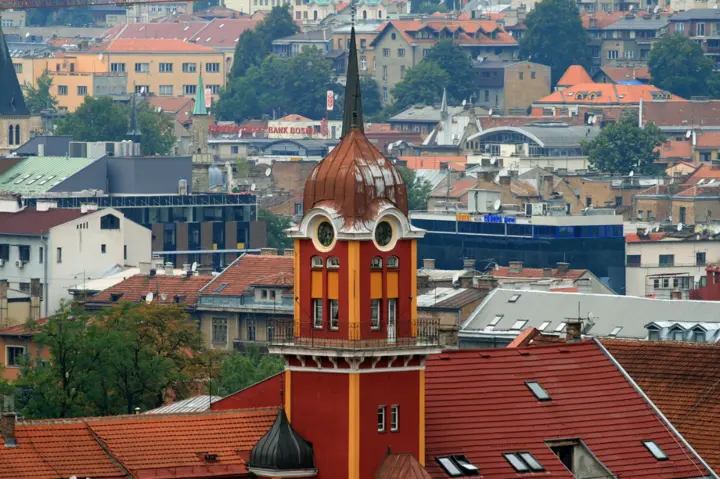
Sarajevo is located in a deep valley surrounded by the Dinaric Alps, along the banks of the Miljacka River. Its geographical location in Southeastern Europe has made it a crossroads of civilizations for centuries. The history of the city dates back to the Neolithic period, when the Illyrians and Romans left their mark. However, Sarajevo gained its true place in the fifteenth century during the Ottoman Empire, which laid the foundation for the city's distinctive culture and architecture.
Sarajevo has witnessed important historical moments that resonate globally. The assassination of Archduke Franz Ferdinand in 1914 here triggered World War I. Decades later, from 1992 to 1996, the city endured the longest siege in modern history during the Bosnian war, leaving deep scars on its people and infrastructure. However, Sarajevo's remarkable ability to rebuild and heal speaks volumes for its indomitable spirit.
2. Population.
Sarajevo's population reflects the rich cultural fabric of the city. According to recent estimates, the city has a population of about 275,000, and the urban area has a population of about 555,000. The population is ethnically diverse, consisting of Bosnians, Croats, Serbs and others, showing the multicultural mix that has marked the city for centuries. This diversity enriches Sarajevo's social fabric, creating a global atmosphere despite the challenges of its recent past.
3. Economy

Sarajevo's economy reflects its resilience and adaptability. Post-war recovery was difficult, but the city has grown steadily into a regional economic hub. Key sectors include manufacturing, tourism, information technology, and services. Sarajevo is also a center of education and research, where its universities and institutes contribute to innovation in various fields.
The city's strategic location as a bridge between East and West gives it the possibility to act as a business gateway to European and Middle Eastern markets. While unemployment remains a problem, local government and international partners are investing in infrastructure and initiatives to stimulate job creation and sustainable economic growth.
4. Cultural and artistic life.
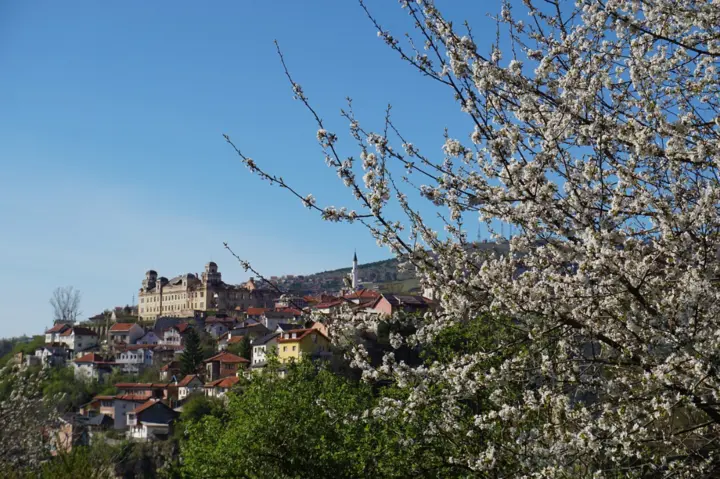
Sarajevo has always been a beacon of culture and arts in the Balkans. Its cultural life reflects the convergence of the Muslim, Orthodox, Catholic and Jewish Christian traditions, which have coexisted here for centuries. This cultural fusion is manifested in its architecture, festivals, music and literature.
One of the cultural highlights is the Sarajevo Film Festival, which has grown to become one of the largest and most influential film festivals in Europe since its launch in 1995. The festival attracts international filmmakers, actors and film lovers, and showcases Sarajevo's recovery and status as a cultural hub.
Music also plays a vital role in Sarajevo's identity. The city is famous for sevdalinka, a sad genre of folk music that reflects the spirit of Sarajevo, as well as its vibrant contemporary music scene.
5. Tourism in Sarajevo.
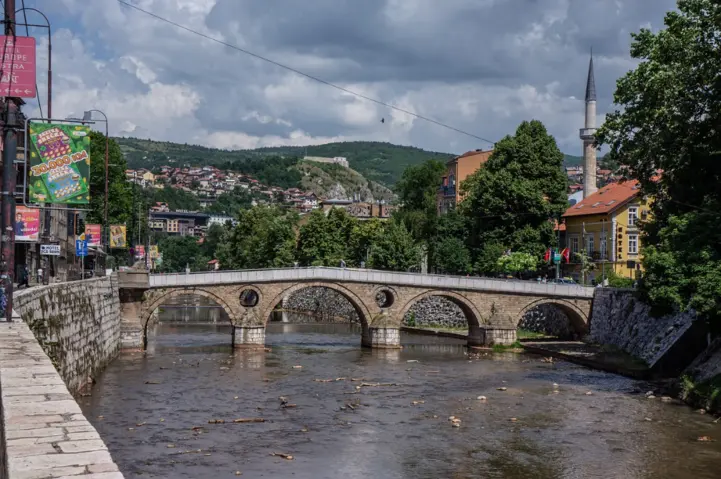
Tourism is one of the fastest growing sectors of Sarajevo's economy. Visitors are attracted to the city for its historical significance, cultural richness and natural beauty. Sarajevo's Old Town, or Bascarsija, is a favorite destination, where one can wander the cobbled streets filled with traditional shops, mosques and cafes. The Gazi Husrev-bey Mosque, built in the sixteenth century, is a symbol of Sarajevo's Ottoman heritage.
The Latin Bridge, the site of the assassination that sparked World War I, is another historical landmark that attracts tourists interested in world history. In addition, the vibrant mix of Ottoman, Austro-Hungarian and modern architecture in the city tells the story of Sarajevo's multi-layered past.
Winter tourism is also important, as the nearby Olympic mountains – Belašnica, Igman and Jahorina (Bjelašnica, Igman, and Jahorina) – offer excellent opportunities for snowboarding and snowboarding. Sarajevo hosted the Winter Olympics in 1984, and the event's legacy continues to attract sports fans from all over the world.
6. Sarajevo's culinary tradition.
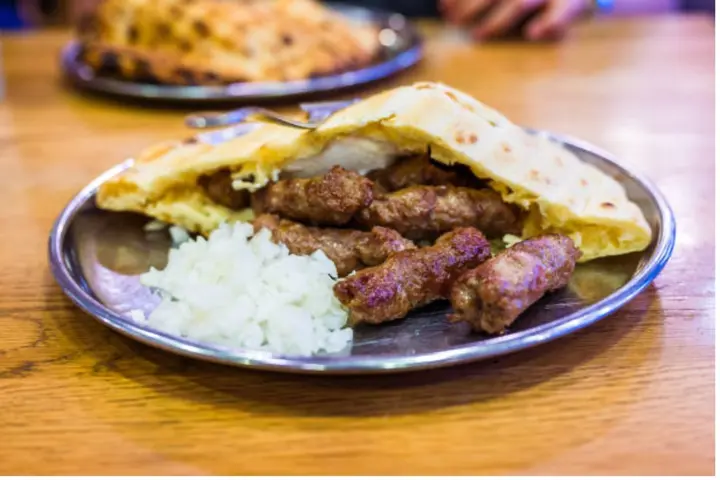
Sarajevo's culinary traditions reflect its cultural diversity. The city is influenced by Ottoman, Austro-Hungarian and Balkan cuisines, and offers a rich range of flavours. Ćevapi, a small grilled sausage served with flatbread and onions, is perhaps Sarajevo's most popular dish. Other must-try dishes are burek (pastry stuffed with meat), begova čorba (rich chicken soup), and dolma (stuffed vegetables).
Sarajevo is also famous for its coffee culture, where Turkish-style coffee is a staple food. No visit to Sarajevo would be complete without sitting in one of the many traditional cafés, sipping coffee from džezva copper while enjoying the lively atmosphere.
7. Masterpieces of Sarajevo.
The aesthetic of Sarajevo lies in its contradictions. The city is old and new, bearing the scars of war but peaceful, modest but magnificent. One of its greatest wonders is its people, who, despite the challenges of war and division, continue to promote an environment of tolerance and coexistence. The Sarajevo Tunnel, built during the siege to provide a lifeline to the city's residents, is a monument to the resilience of the human spirit and a reminder of the recent past.
The surrounding mountains also contribute to Sarajevo's masterpieces, offering stunning landscapes and outdoor adventures just minutes from the city centre.
8. Sarajevo's future development.
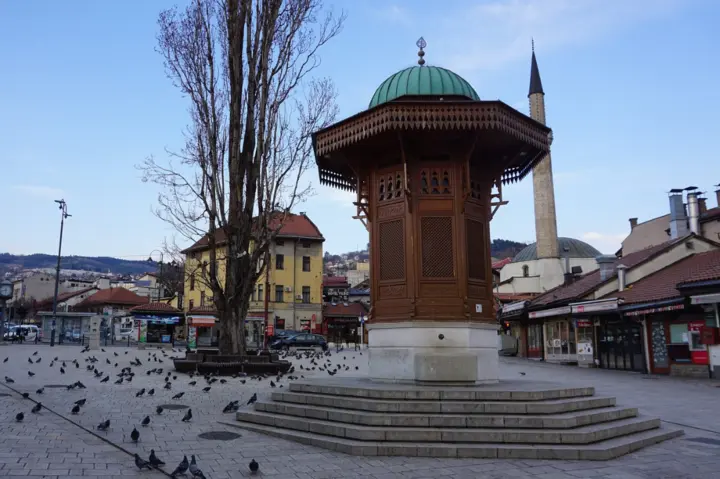
Sarajevo's future holds bright promise as it continues to rebuild and modernize. Significant investments in infrastructure, education and tourism aim to transform the city into a vibrant economic and cultural hub. Sustainable urban development projects, such as the modernization of public transport and green initiatives, are also being implemented to improve the quality of life of residents and make Sarajevo a more attractive destination for investors and tourists alike.
The city's role as a bridge between cultures and continents puts it in a position to take advantage of new global opportunities while preserving its unique heritage. As Sarajevo continues to grow, it will undoubtedly maintain its reputation as a city that stands at the intersection of history and modernity.
The bottom line.

Sarajevo is a city that defies easy description. Its beauty lies in its contrasts - between ancient and modern, peaceful and noisy, East and West. It is a city where history lives and breathes, where past empires, wars and victories still reverberate today. However, it is also the city of the future, a city that evolves and reinvents itself in the face of new challenges and opportunities. For those who visit, Sarajevo not only offers a glimpse into the scales of time, but it is also an opportunity to experience the warmth, resilience and hospitality of its people.








